Jean Arp (after) - Composition - Pochoir 1958 Dimensions: 32 x 24 cm XXe siècle Jean Arp B. 1886, STRASSBURG, GERMANY; D. 1966, BASEL Jean Arp was born Hans Arp on September 16, 1886, in Strassburg. In 1904, after leaving the Ecole des Arts et Métiers, Strasbourg, he visited Paris and published his poetry for the first time. From 1905 to 1907, Arp studied at the Kunstschule, Weimar, and in 1908 went to Paris, where he attended the Académie Julian. In 1909, he moved to Switzerland and in 1911 was a founder of the Moderner Bund group there. The following year, he met Robert and Sonia Delaunay in Paris and Vasily Kandinsky in Munich. Arp participated in the Erste deutsche Herbstsalon in 1913 at the gallery Der Sturm, Berlin. After returning to Paris in 1914, he became acquainted with Guillaume Apollinaire, Max Jacob, Amadeo Modigliani, and Pablo Picasso. In 1915, he moved to Zurich, where he executed collages and tapestries, often in collaboration with his future wife Sophie Taeuber (who became known as Sophie Taeuber-Arp after they married in 1922). In 1916, Hugo Ball opened the Cabaret Voltaire, which was to become the center of Dada activities in Zurich for a group that included Arp, Marcel Janco, Tristan Tzara, and others. Arp continued his involvement with Dada after moving to Cologne in 1919. In 1922, he participated in the Kongress der Konstruktivisten in Weimar and the Exposition Internationale Dada at Galerie Montaigne in Paris. Soon thereafter, he began contributing to magazines such as Merz, Mécano, De Stijl, and later to La Révolution surréaliste. Arp’s work appeared in the first exhibition of the Surrealist group at the Galerie Pierre, Paris, in 1925. In 1926, he settled in Meudon, France. In 1931, Arp was associated with the Paris-based group Abstraction-Création and the periodical Transition. Throughout the 1930s and until the end of his life, he continued to write and publish poetry and essays. In 1942, he fled Meudon for Zurich; he was to make Meudon his primary residence again in 1946. The artist visited New York in 1949 on the occasion of his solo show at Curt Valentin’s Buchholz Gallery. In 1950, he was invited to execute a relief for the Harvard Graduate Center in Cambridge, Massachusetts. In 1954, Arp received the Grand Prize for Sculpture at the Venice Biennale. A retrospective of his work was held at the Museum of Modern Art, New York, in 1958, followed by another at the Musée National d’Art Moderne, Paris, in 1962. Arp died June 7, 1966, in Basel.
Jean Arp (dopo) - Composizione - Pochoir 1958 Dimensioni: 32 x 24 cm XXe siècle Jean Arp B. 1886, STRASSBURG, GERMANIA; D. 1966, BASEL Jean Arp è nato Hans Arp il 16 settembre 1886 a Strassburg. Nel 1904, dopo aver lasciato l'Ecole des Arts et Métiers di Strasburgo, visita Parigi e pubblica per la prima volta la sua poesia. Dal 1905 al 1907, Arp studia alla Kunstschule di Weimar e nel 1908 va a Parigi, dove frequenta l'Académie Julian. Nel 1909, si trasferì in Svizzera e nel 1911 fu uno dei fondatori del gruppo Moderner Bund. L'anno seguente, incontrò Robert e Sonia Delaunay a Parigi e Vasily Kandinsky a Monaco. Arp partecipò all'Erste deutsche Herbstsalon nel 1913 alla galleria Der Sturm di Berlino. Dopo essere tornato a Parigi nel 1914, fece conoscenza con Guillaume Apollinaire, Max Jacob, Amadeo Modigliani e Pablo Picasso. Nel 1915, si trasferì a Zurigo, dove eseguì collage e arazzi, spesso in collaborazione con la sua futura moglie Sophie Taeuber (che divenne nota come Sophie Taeuber-Arp dopo il loro matrimonio nel 1922). Nel 1916, Hugo Ball aprì il Cabaret Voltaire, che sarebbe diventato il centro delle attività Dada a Zurigo per un gruppo che includeva Arp, Marcel Janco, Tristan Tzara e altri. Arp continuò il suo coinvolgimento con Dada dopo essersi trasferito a Colonia nel 1919. Nel 1922, partecipò al Kongress der Konstruktivisten a Weimar e all'Exposition Internationale Dada alla Galerie Montaigne di Parigi. Poco dopo, cominciò a contribuire a riviste come Merz, Mécano, De Stijl, e più tardi a La Révolution surréaliste. Il lavoro di Arp appare nella prima mostra del gruppo surrealista alla Galerie Pierre, Parigi, nel 1925. Nel 1926 si stabilisce a Meudon, in Francia. Nel 1931, Arp fu associato al gruppo parigino Abstraction-Création e al periodico Transition. Durante gli anni trenta e fino alla fine della sua vita, continuò a scrivere e pubblicare poesie e saggi. Nel 1942 fuggì da Meudon per Zurigo; nel 1946 farà di nuovo di Meudon la sua residenza principale. L'artista visita New York nel 1949 in occasione della sua mostra personale alla Buchholz Gallery di Curt Valentin. Nel 1950 fu invitato a eseguire un rilievo per l'Harvard Graduate Center di Cambridge, Massachusetts. Nel 1954, Arp ricevette il Gran Premio per la Scultura alla Biennale di Venezia. Una retrospettiva del suo lavoro fu tenuta al Museum of Modern Art, New York, nel 1958, seguita da un'altra al Musée National d'Art Moderne, Parigi, nel 1962. Arp morì il 7 giugno 1966 a Basilea.
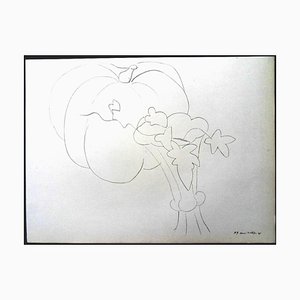





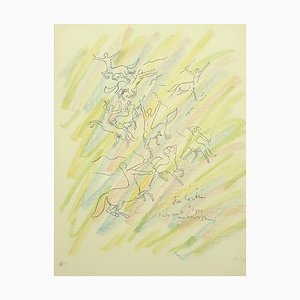
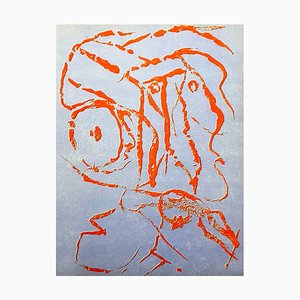
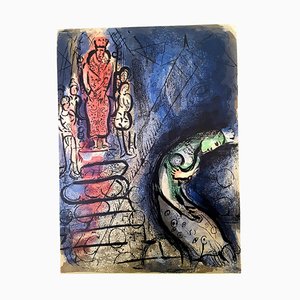
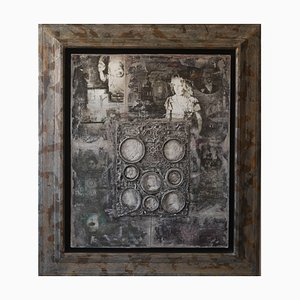
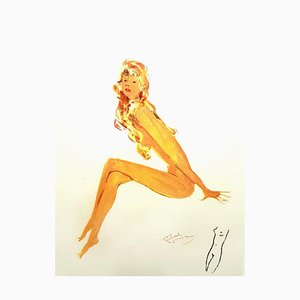
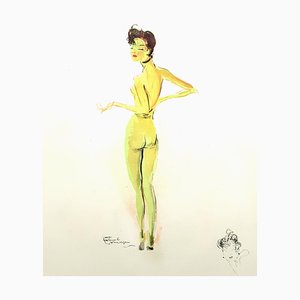
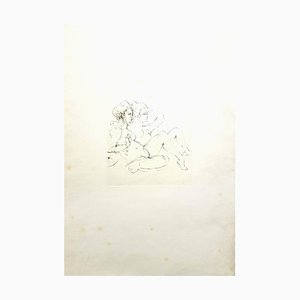
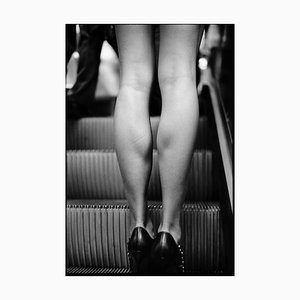
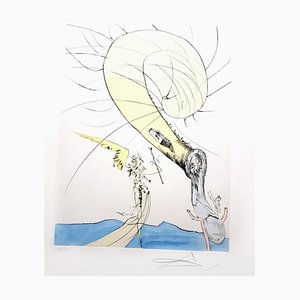
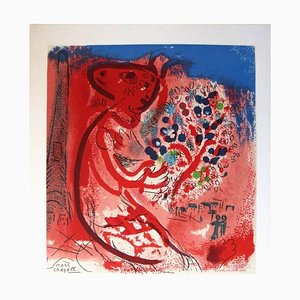
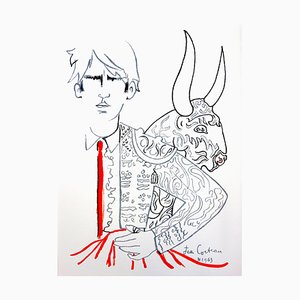
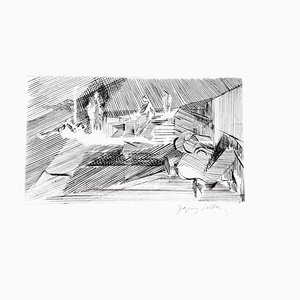
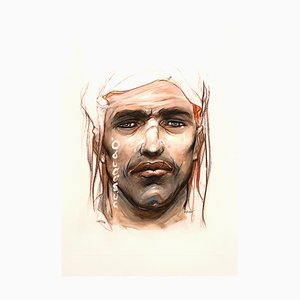
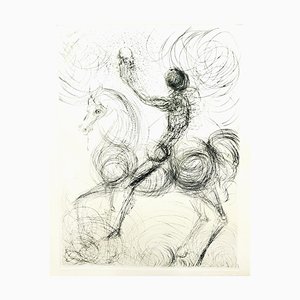
Contattaci
Fai un'offerta
Abbiamo notato che sei nuovo su Pamono!
Accetta i Termini e condizioni e l'Informativa sulla privacy
Contattaci
Fai un'offerta
Ci siamo quasi!
Per seguire la conversazione sulla piattaforma, si prega di completare la registrazione. Per procedere con la tua offerta sulla piattaforma, ti preghiamo di completare la registrazione.Successo
Grazie per la vostra richiesta, qualcuno del nostro team vi contatterà a breve.
Se sei un professionista del design, fai domanda qui per i vantaggi del Programma Commerciale di Pamono